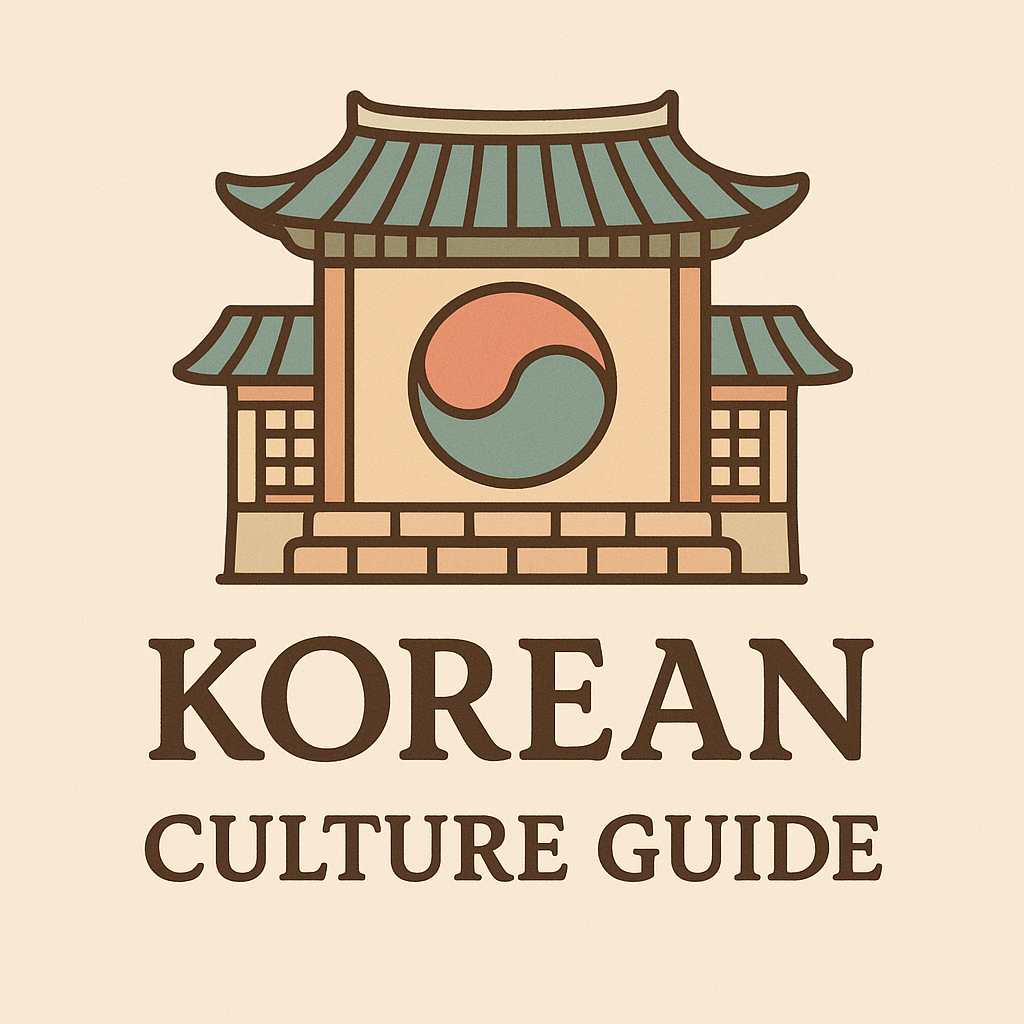-
contents
Do Ancient Symbols Still Hold Power in a Modern World?
For centuries, colorful paper talismans known as bujeok (부적) have adorned the doors, windows, and eaves of Korean homes. These symbols, steeped in tradition and spiritual belief, were designed to protect families from misfortune, illness, and evil spirits. But in today’s modern society—one dominated by science and logic—do these mysterious charms still carry meaning, or are they merely psychological relics of a bygone era? This article delves into the origins, purpose, and modern interpretations of 부적, exploring whether they truly protect or simply offer comfort.
A Brief History of 부적: Symbols of Shamanic Authority
The tradition of using 부적 traces back to Korea’s indigenous shamanistic roots (무속신앙). Before Buddhism and Confucianism shaped Korean spiritual life, local shamans (mudang) served as intermediaries between the human world and the spirit realm. They created talismans to summon divine energy or ward off malignant forces.
These talismans were hand-drawn, often using red ink—believed to have spiritual potency—and featured esoteric Chinese characters, animal symbols, and elemental motifs. In Joseon Dynasty households, 부적 were commonly placed above doors, inside rice containers, or under pillows to ward off nightmares and ensure prosperity.
Talismans in the Korean Home: Sacred Placements and Symbolic Roles
In a traditional Korean household, every talisman had a designated purpose and position. A gateside bujeok protected against thieves and evil spirits, while a fire talisman was placed near the kitchen hearth. Some were meant to promote fertility or academic success, hung above beds or study desks.
Beyond protection, 부적 acted as spiritual declarations—statements of hope, resistance, or devotion. Much like Catholics hang crosses or Hindus place images of deities, Koreans placed 부적 not only for divine protection but also as a reaffirmation of cultural identity.
Protection or Placebo? The Psychological Power of Belief
Can a piece of paper actually guard a home? From a scientific standpoint, the answer may lean toward “no.” But belief itself carries undeniable power.
In psychology, the placebo effect reveals how belief in a treatment can lead to real changes in physical or emotional health. 부적 may function in the same way—offering psychological safety, reducing anxiety, and reinforcing community belonging.
Anthropologists argue that talismans offer “ritual assurance.” In uncertain times—during illness, war, or poverty—placing a 부적 allows individuals to feel some control over their fate. It’s less about magic, more about meaning.
Modern 부적: Between Commercialization and Cultural Heritage
Today, 부적 haven’t vanished—they’ve simply evolved. You can buy pre-printed talismans at Buddhist temples or even convenience stores. Some Koreans place 부적 in their wallets or cars for luck, much like Westerners carry four-leaf clovers or rabbit’s feet.
Meanwhile, 부적 imagery appears in art, fashion, and tattoo culture, often detached from its original spiritual context. Yet many Koreans still visit shamans, especially before big events—marriages, business openings, or exams—to receive personalized talismans.
This duality—ancient ritual vs. modern adaptation—raises a key question: Is the 부적 still sacred, or has it become a cultural aesthetic?

부적 in Popular Culture and Media
From K-dramas to horror films, 부적 frequently appears as symbols of mystery, magic, or hidden protection. Dramas like The Guest or Kingdom portray talismans as tools against the supernatural, reinforcing their cinematic allure.
Interestingly, even global audiences unfamiliar with Korean folklore recognize 부적 as a symbol of spiritual defense. Their vivid colors and bold designs make them visually compelling—but it’s their narrative power that continues to capture imaginations.
Are Talismans Still Relevant in the Digital Age?
In a world dominated by AI, medical science, and data, is there still room for mysticism? The answer might lie not in the efficacy of talismans, but in our human need for symbolic order. When life feels chaotic, a small red paper on your door may remind you that protection—real or imagined—is within reach.
While not everyone believes in spiritual forces, the talisman serves as a cultural artifact that links past to present, faith to function, and fear to hope. In that way, the 부적 remains relevant—not necessarily as a shield, but as a mirror of the human psyche.
More Than Paper—The Enduring Spirit of 부적
The debate over whether Korean talismans are protective or placebo misses the point. They are both. They are vessels of ancestral wisdom, containers of community belief, and symbols of the enduring human desire for control in an uncertain world.
In their quiet presence on doorposts and in wallets, 부적 continue to whisper ancient hopes into modern lives. Whether one sees them as supernatural tools or psychological anchors, their significance endures—and perhaps, that’s their real magic.
'culture' 카테고리의 다른 글
K_Culture Guide
Korea Vibes Blog shares real stories, cultural insights, and travel tips from Korea. Discover what makes Korean life so unique.
